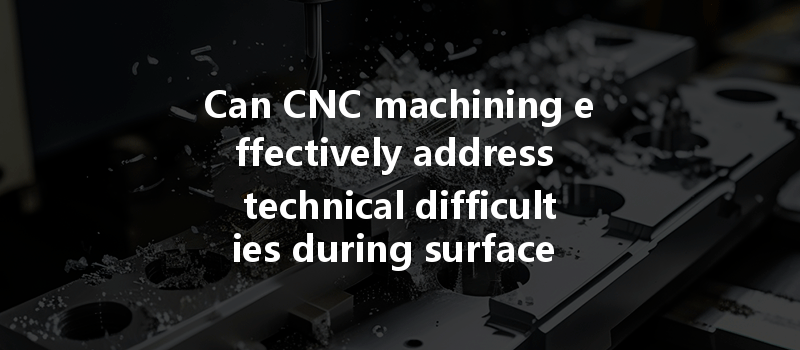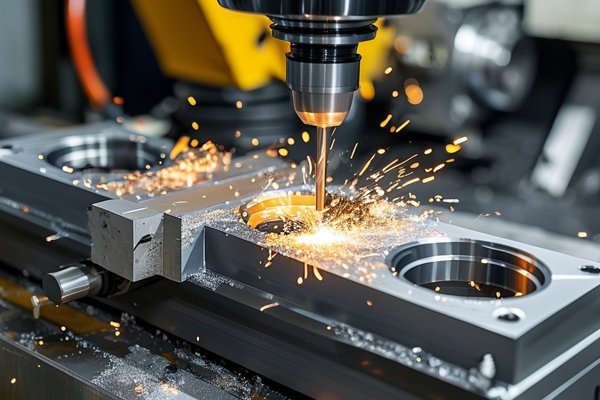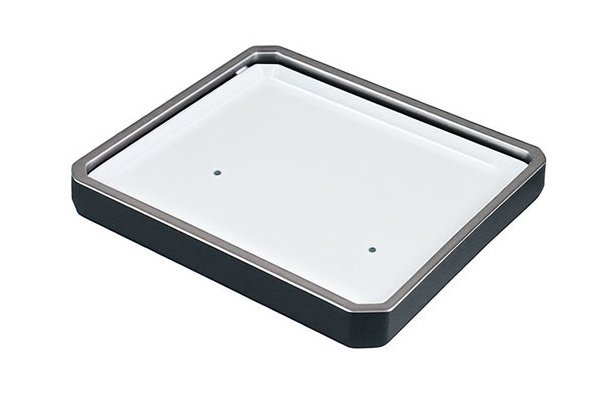Did you know that approximately 70% of manufacturing defects are attributed to improper surface treatment methods? This staggering statistic demonstrates how critical the surface finish of machined components is to the overall functionality and aesthetic appeal of a product. In the world of CNC (Computer Numerical Control) machining, achieving the perfect surface treatment is not just an option; it’s a necessity for ensuring quality, durability, and customer satisfaction. But what happens when technical difficulties arise during these crucial processes?
As CNC machining technology continues to advance, the complexity of surface treatment processes increases. Machinists and engineers often find themselves grappling with a range of issues, from uneven finishes to improper adhesion of coatings. Fortunately, with a combination of the right techniques, technologies, and approaches, these challenges can be effectively addressed.
In this comprehensive blog, we’ll delve into the complexities of surface treatments in CNC machining, explore common technical difficulties encountered, and provide detailed solutions to these issues. By the end, you’ll have a solid understanding of how CNC machining can be optimized to enhance surface treatments and ensure the production of high-quality parts.
Understanding CNC Machining and Surface Treatment
The Role of CNC Machining
CNC machining is a process that utilizes computer-controlled machinery to produce precise components from various materials, including metals, plastics, and composites. The CNC system executes manufacturing tasks with a high degree of repeatability and accuracy, making it an indispensable tool in modern manufacturing environments.
Importance of Surface Treatment
Surface treatment refers to the processes applied to a machined part’s exterior to improve its properties or enhance its appearance. Various treatments may include:
While surface treatments can significantly impact a part’s performance, they can also introduce complications that need careful attention during the CNC machining process.
Common Technical Difficulties in Surface Treatments
Despite the benefits, several challenges can hinder effective surface treatment during CNC machining. Here’s a detailed look at some of the most common issues:
Inconsistent surface roughness can lead to various problems, including poor adhesion of coatings, uneven appearance, and insufficient functionality. The parameters contributing to roughness include tool wear, feed rates, and cutting speeds.
Surface contaminants such as oil, dirt, and dust can lead to defects in surface treatment processes. If a surface is not adequately cleaned before the application of coatings, it can prevent proper bonding, leading to a failure of the finish.
Choosing the wrong tools for specific materials can result in excessive burrs, scratches, or damage to the part. For instance, using a dull or inappropriate tool can create a counterproductive finish.
Certain materials behave differently during machining, which can complicate surface treatments. For example, softer metals may deform or scratch easily, while harder materials can present challenges associated with machinability.
Conditions such as humidity and temperature can affect surface treatment processes. For instance, coatings applied under high humidity can result in bubbles or impaired adhesion.
Solutions for Addressing Technical Difficulties
To overcome the technical difficulties associated with surface treatments during CNC machining, manufacturers can employ a series of robust strategies:
Choosing the Right Speeds and Feeds
One of the most critical steps to achieving consistent surface quality is optimizing machining parameters such as cutting speed and feed rate. By conducting preliminary tests to identify the ideal parameters for different materials, machinists can significantly reduce surface roughness.
Using Advanced Tooling Solutions
Investing in high-quality, specialized tooling can lead to substantial improvements in surface finishes. Select tools designed for specific materials and processes, ensuring they are well-maintained and changed regularly to avoid wear-related issues.
Multi-Stage Cleaning Processes
Adopting a multi-stage cleaning process that employs ultrasonic cleaning, solvent rinsing, or high-pressure air can help remove all contaminants before applying surface treatments. These methods ensure that surfaces are pristine, enhancing adhesion during coating or finishing.

Routine Monitoring
Establish regular monitoring of cleaning processes to ensure they remain effective and that no contaminants compromise surface treatments.
Implementing CNC Programming Software
Leveraging CNC programming software can improve the setup of machining parameters and minimize variability in machining processes. Applications can model and simulate fabrication to predict and prevent potential surface treatment issues.
Using Automated Measurement Tools
Tools like laser scanners and coordinate measuring machines (CMM) can provide precise measurements of part geometry and surface finish, allowing immediate adjustments during the process.
Pre-Machining Tests
Conducting tests to evaluate the machinability of various materials can provide insights into how they respond to machining and surface treatment methods. Increased knowledge of each material type’s characteristics can safeguard against issues arising from improper handling.
Developing Material-Specific Finishing Protocols
For each material, develop specific finishing protocols that outline the recommended surface treatments, tool types, and parameters tailored for optimal performance.
Regularly assess the work environment, including humidity and temperature. Implementing climate control measures or storage solutions can help prevent the negative impacts these factors have on surface finishing.
Advanced Techniques to Enhance Surface Treatment Outcomes
With rapid advancements in technology, innovative coating solutions such as nano-coatings and hybrid coatings are gaining traction. These solutions offer increased durability and resistance, effectively addressing many of the traditional challenges experienced in surface treatments.
Adopting new surface preparation methods, such as laser cleaning or plasma treatment, can enhance adhesion and surface quality. These techniques reduce the risk of contamination and ensure greater outcome consistency.
Implementing strict quality control systems throughout the CNC machining and surface treatment processes can help verify surface finishes at different stages, enabling the identification and resolution of issues before batch completion.
Regular training programs can empower CNC machinists and operators with the knowledge they need to handle various surfaces competently. Comprehensive training ensures that everyone involved is aware of the latest techniques, processes, and technologies.
Case Studies: Successful Problem Resolution in CNC Machining
Case Study 1: Improving Coating Adhesion in Aluminum Parts
A manufacturer faced poor coating adhesion on aluminum components due to surface contaminants and improper prep processes. After implementing ultrasonic cleaning and developing customized surface treatment protocols, the manufacturer greatly improved adhesion rates. The result was a marked reduction in coating failures and enhanced product satisfaction.
Case Study 2: Streamlining Tool Selection for Brass Parts
A CNC workshop specialized in brass machining experienced increased surface roughness and tool wear. By investing in advanced tooling technology specifically designed for brass and upgrading CNC software to optimize cutting parameters, the workshop significantly improved surface finishes and highly reduced tool wear.
Case Study 3: Addressing Environmental Challenges in Coating Application
A factory struggled with inconsistencies during powder coating due to fluctuating humidity levels. By investing in a climate-controlled coating area, the factory reduced defects in powder adhesion, significantly enhancing overall product quality.
: The Key to High-Quality CNC Machining Surface Treatments
Surface treatment is a pivotal aspect of CNC machining that can significantly affect the performance and aesthetic appeal of manufactured parts. By understanding the common technical difficulties that arise and implementing strategic solutions, manufacturers can significantly enhance their machining capabilities.
From optimizing machining parameters and adopting effective cleaning methods to employing advanced technologies and training personnel, each step plays a crucial role in ensuring that surface treatment processes yield excellent results.
This blog sheds light on the importance of addressing surface treatment challenges and provides concrete solutions to help manufacturers streamline their operations. As the industry continues to evolve, it is essential to remain informed and proactive in tackling the complexities of surface treatment techniques. By doing so, companies can enhance their product offerings and maintain a competitive edge.
Ultimately, remember that investing in high-quality surface treatments is not an expense but rather an investment in future success, quality, and customer satisfaction in the CNC machining realm!






